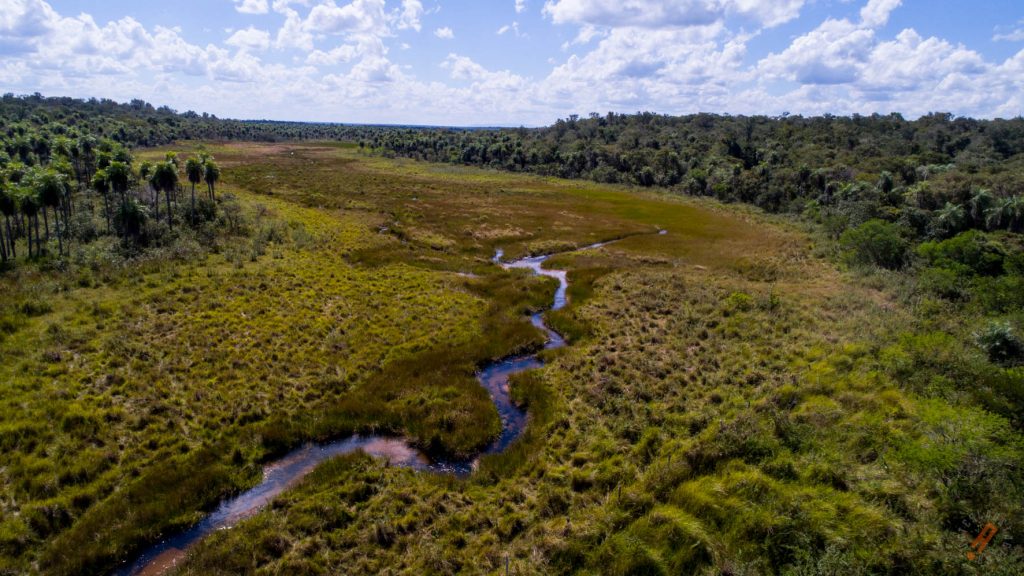We did it! 20 MILLION acres
for the planet.
05/10/2019
We have BIG news! Together we achieved a milestone. Just how big?
20 million acres.
Nature and Culture was founded on the urgency to protect our planet’s biodiversity. Five years ago, facing climate change, deforestation and other threats, we pledged to conserve 20 million acres in Latin America – the heart of the living planet – by the year 2020.
And we are thrilled to announce, we did it! Just last week, we exceeded 20 million acres with the declaration of Ñembi Guasu, the second largest conservation area in Bolivia.

Ñembi Guasu protects three million acres in the municipality of Charagua.
Created in collaboration with Nativa Bolivia and the indigenous Guaraní peoples of Charagua, Ñembi Guasu protects three million acres in the Gran Chaco, a hot and semi-arid lowland region increasingly threatened by climate change and agricultural development. The ecoregion holds a great diversity of indigenous peoples, including the Ayoreo, the only native population in South America outside the Amazon that remains uncontacted.
Ñembi Guasu adds to existing Kaa Iya and Otuquis national parks, creating the largest conservation corridor in the Gran Chaco. Increased connectivity in the region will mitigate the effects of climate change and provide habitat for Ñembi Guasu’s abundant biodiversity, including armadillos, giant anteaters, jaguars and Chacoan guanaco.

Only 300 Chacoan guanaco are left in the wild.
With Ñembi Guasu, Nature and Culture and supporters have now conserved more than 20 million acres since our start, nearly the size of South Carolina. From Bolivia’s Chaco to Mexico’s dry forest, we have protected habitat for birds and bears alike, secured clean water for hundreds of thousands of people and improved the livelihoods of indigenous and local communities.
Together we have saved 20 million acres for the planet – but we can’t stop there. A dire UN report released Monday found that 1 million species are threatened with extinction, and a primary reason is loss of habitat from land use change. The planet needs many more protected areas to stanch the catastrophic loss of species.
The good news? Logging, mining and other threats motivate the urgency of our work – and our donors give us hope.
Thank you to our donors and partners who make our shared conservation dream possible. Now, who’s joining us for the next 20?


